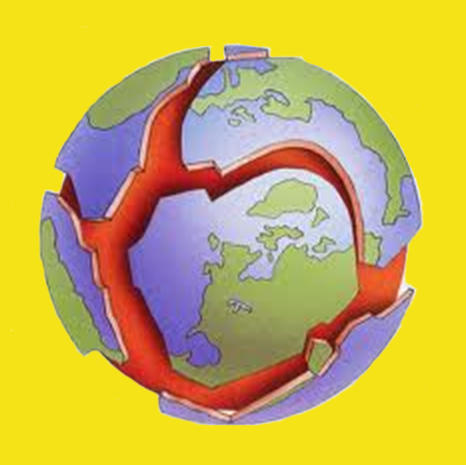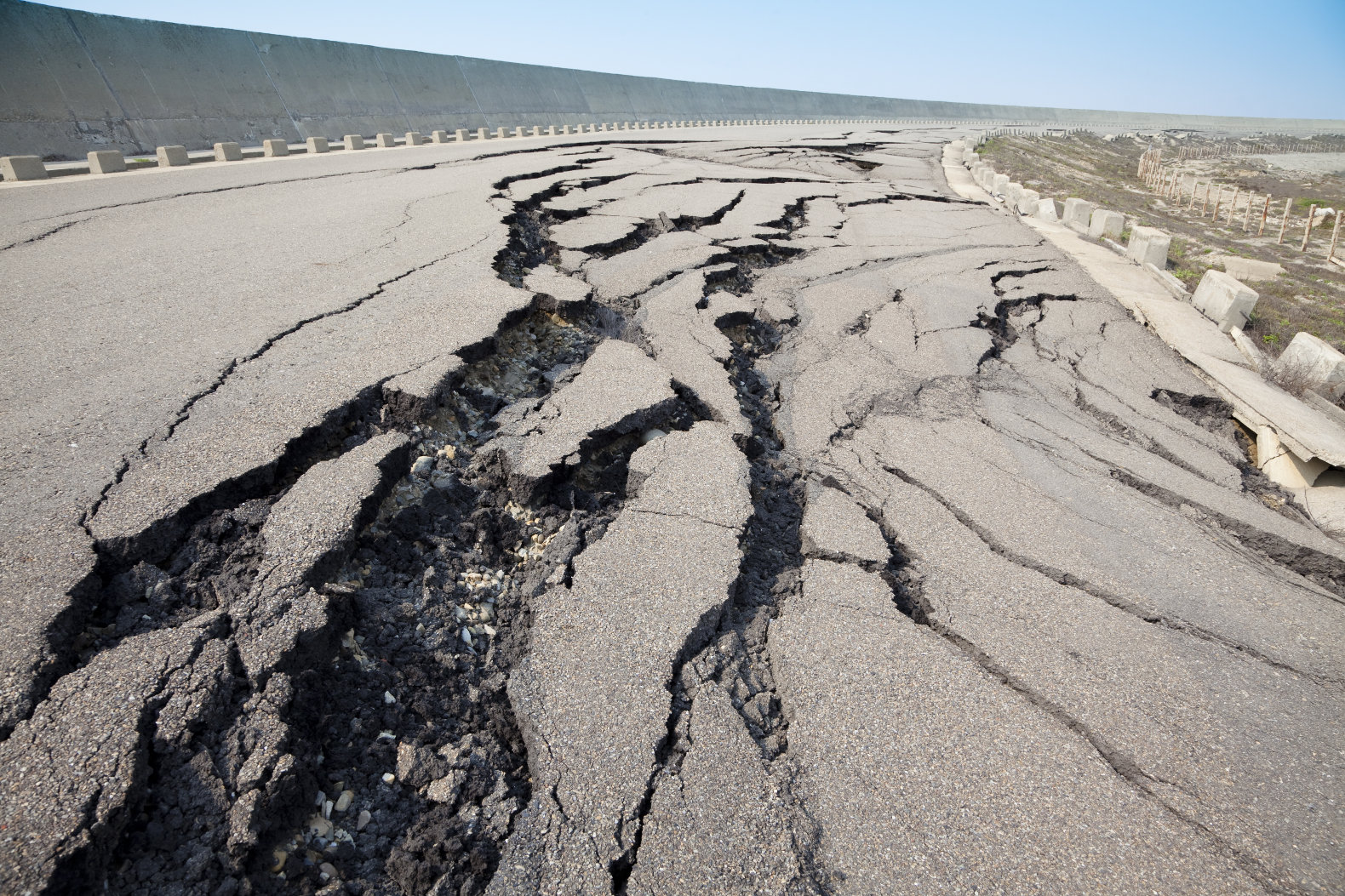The Costa Rican seismologist, Marino Protti, returns this November to Antarctica to resume scientific work on earthquakes that began three years ago. Back in 2013 Protti along with the University of California, Santa Cruz (UCSC) opened an exploration well to reach Lake Whillans.
 They took the opportunity to place instruments within 800 meters. In addition, the scientist installed 20 seismic stations about 1,000 kilometers from McMurdo Station to measure the displacement of glacials and the earthquakes that have resulted from that movement. The work next month will focus on gathering data stored and dismantelig the stations.
They took the opportunity to place instruments within 800 meters. In addition, the scientist installed 20 seismic stations about 1,000 kilometers from McMurdo Station to measure the displacement of glacials and the earthquakes that have resulted from that movement. The work next month will focus on gathering data stored and dismantelig the stations.
Marino Protti explained that they will change batteries at each station to collect data for an additional two weeks and then will proceed to disassembling all stations. Personal from the University of California, San Diego (UCSD) will assist wince the university has global positioning stations (GPS) to which they give maintenance.
The work area and seismologists study is the glacial, Whillans. This ice layer travels at 400 meters per year. The contact area between the glacial and Lake Whillans behaves similar to a subduction zone. When the tide rises, twice a day, the ice rises producing a lanslide of 60 centimeters, the same occurred when the plate moved causing the erathquake in Nicoya. The difference is that it took 60 years to experience this phenomenon in Nicoya while in Antarctica, it happens twice a day.
On two occasions UCSC sent groups to try to retrieve information but faced difficulties, and were unable to visit all stations. As conseuqnce, the project was extended for another year. Esteban Chaves, a Costa Rican investigator from Volcano and Seismological Observatory of Costa Rica (OVSICORI) has also been part of previous expeditions.
Whillans Ice Stream Subglacial Access Research Drilling (Wissard) is an expedition part of a multidisciplinary project with the collaboration of nine institutions, including the National Science Foundation of the United States which contributed funds.
Analysis collected will serve Protti to continue his research on earthquakes in Costa Rica. Protti already used the algorithm to capture the aftershocks of the Nicoya earthquake, which went from 7,000 captured by traditional methods to about 80,000 using the algorithm. By using the new methods researchers are able to have more accurate information of smaller earthquakes previously masked by ambient noise.
The seismologist will also be part of a team from the OVSICORI that will be led by the director of research, Susan Schwartz, who has previously worked with Protti in Nicoya.
By Brenda Sotelo

